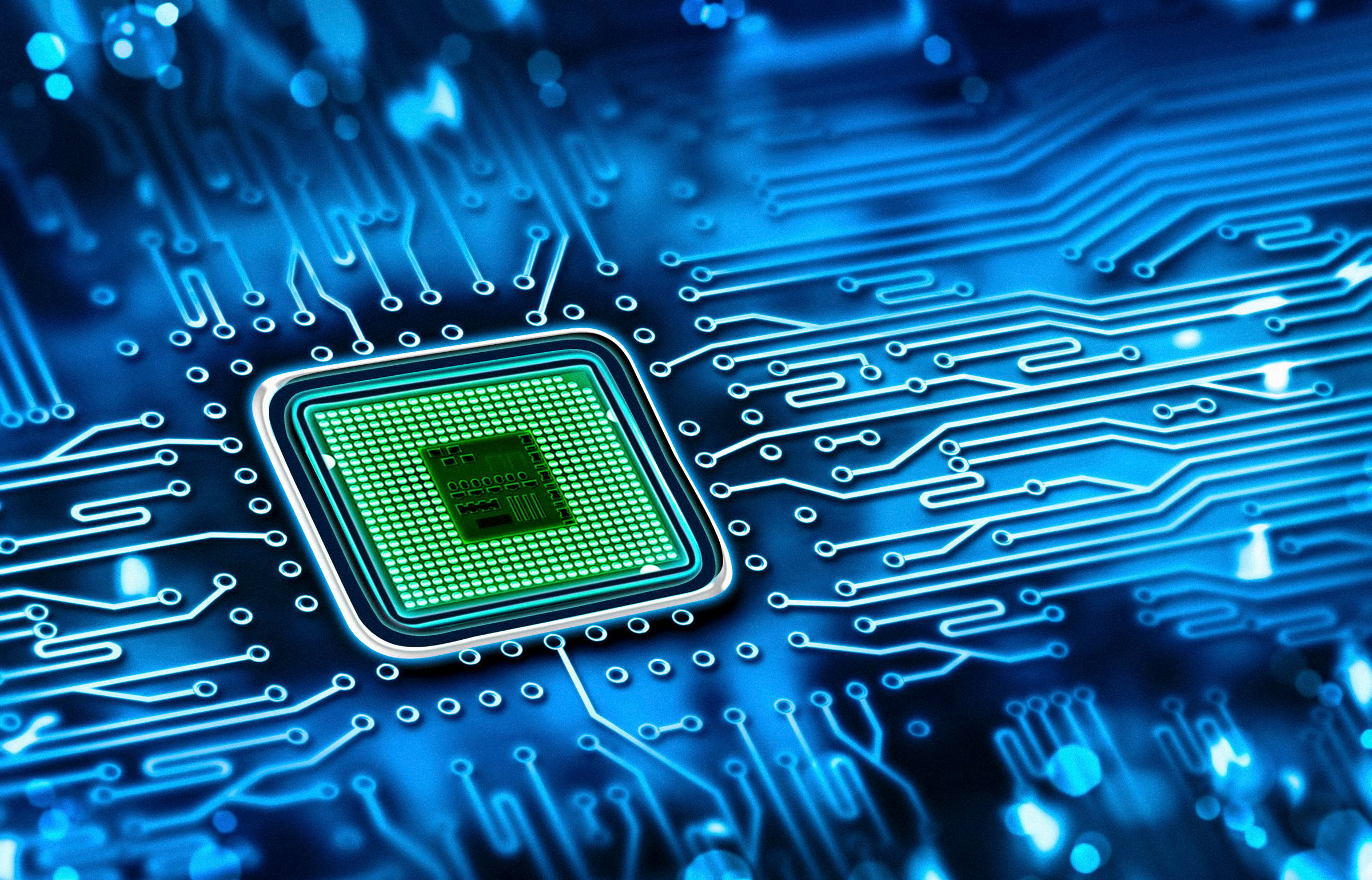Chipmakers Micron Technology (MU +6.61%) and Cypress Semiconductor (CY +0.00%) both fared well over the past 12 months, with the former's 160% rally and the latter's 60% gain outpacing the Philadelphia Semiconductor Index's 50% growth.
But after those big gains, does either stock have more room to run this year? Let's take a closer look at their business models, growth trajectories, challenges, and valuations to find out.

Image source: Getty Images.
What do Micron and Cypress do?
Micron is the third largest mobile DRAM maker and fourth largest NAND manufacturer in the world. However, the company is often considered the best "pure play" on the memory-chip market, since bigger rivals such as Samsung and Western Digital have more diversified businesses.
To keep pace with the technological advances of those bigger competitors, Micron is developing next-gen memory technologies such as 3D NAND and 3DXPoint with Intel. It's also been beefing up by acquiring smaller memory-chip makers.
Cypress produces programmable semiconductors for the automotive, industrial, home-automation, medical-device, and consumer-electronics markets. It relies heavily on acquisitions to expand its portfolio -- that's why it merged with embedded-chip maker Spansion in 2015, and then acquired Broadcom's (AVGO 1.25%) Internet of Things (IoT) business in 2016.
Cypress also benefited from the shift across the mobile market toward USB-C connectors, since the company is a leading producer of USB-C power delivery chips. Some analysts believe that Apple may switch to the USB-C standard for the iPhone 8, but those rumors are unconfirmed.
How fast are Micron and Cypress growing?
Micron posted double-digit annual sales growth over the past two quarters, which broke a six-quarter streak of consecutive declines. That reversal was attributed to tightening memory-chip supplies across the market, which caused prices -- which had slumped for about two years -- to rise again.
That's why Wall Street expects Micron's revenue to rise 58% to $19.6 billion this year, compared with a 23% decline in 2016. Its earnings are expected to surge from $0.06 in 2016 to $4.28 per share. That growth is expected to continue, with 8% sales growth and 20% earnings growth in 2018.
Cypress, which serves a less cyclical market than Micron, posted positive year-over-year sales growth for 10 straight quarters. Much of that growth can be attributed to its acquisitions, but its core business has also been bolstered by its robust growth in microcontroller and connectivity division revenue, as well as strong demand in China and Japan.
Analysts expect Cypress' revenue to rise 13% to $2.2 billion this year, compared with 19% growth last year. Its non-GAAP earnings, which more than doubled last year, are expected to rise another 43% this year. That momentum is expected to continue, albeit at a slightly slower pace, with 6% sales growth and 46% non-GAAP earnings growth next year. Cypress is unprofitable on a GAAP basis because of its aforementioned acquisitions.
The headwinds and tailwinds
Micron is riding high on rising memory prices, but it faces two main challenges. First, bigger memory-chip makers such as Samsung have superior scale and R&D capabilities -- which could force Micron to spend more heavily to keep pace. Second, Micron previously warned that Chinese chipmakers could flood the market with cheaper memory chips in the near future -- which would cause global prices to plunge.
Cypress has benefited from the growth of the connected-car and industrial sectors. Those two markets accounted for 55% of the company's revenue in 2016, compared with just 30% in 2011. Buying Broadcom's IoT business also boosted its content share per connected car by 26% and helps the company address the connectivity needs of the growing IoT market.
The main threat for Cypress is that other bigger chipmakers, such as Texas Instruments, are also expanding into the same markets. That competition could force Cypress to spend more heavily on R&D and acquisitions to remain competitive. Unlike Micron, which doesn't pay a dividend, Cypress pays a hefty forward dividend yield of 3.1%.
The valuations and the verdict
Micron trades at 48 times earnings, which matches the industry average. Cypress trades at 29 times non-GAAP earnings, which is slightly higher than its industry average of 28. Both companies have comparable P/S ratios -- Micron trades at 2 times sales, while Cypress trades at 2.4 times sales.
It's a close call in the end, but I think Cypress is a slightly better pick than Micron at current prices. Its business is less cyclical, its competitive threats seem lighter, its valuation seems more reasonable, and it pays a decent dividend. Micron is still a good growth stock, but it might be too volatile for many investors.







